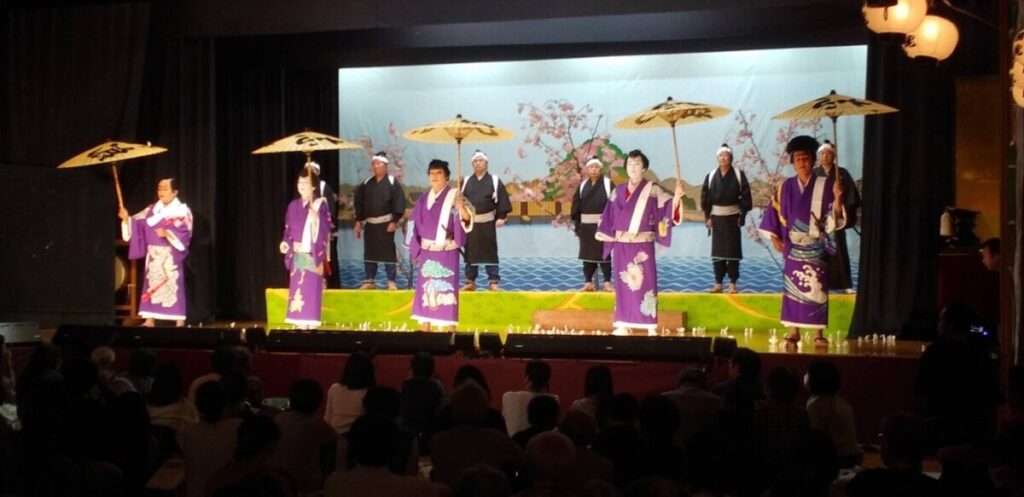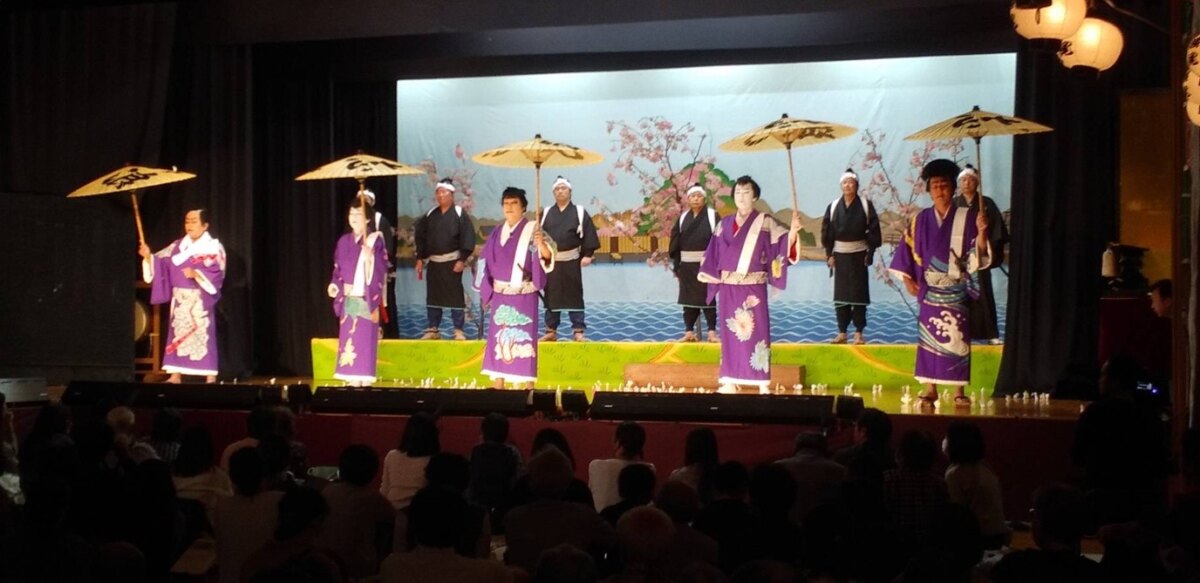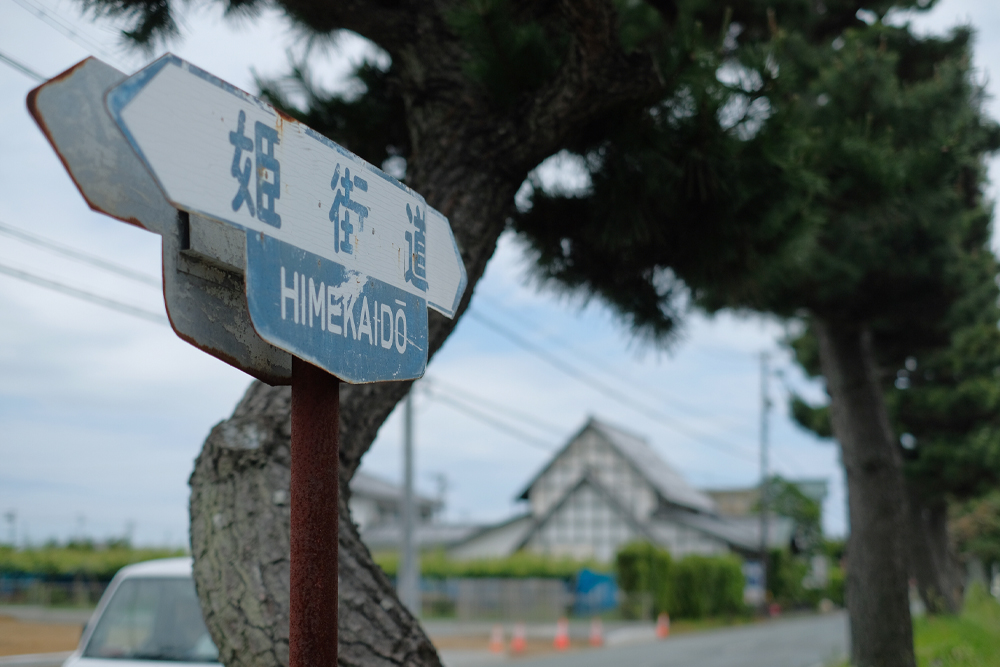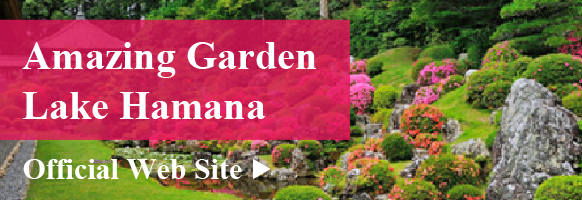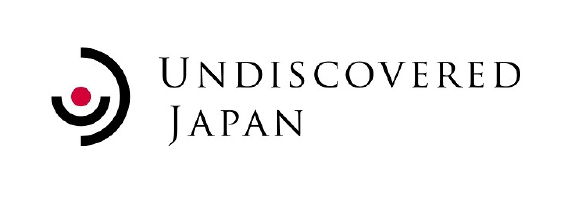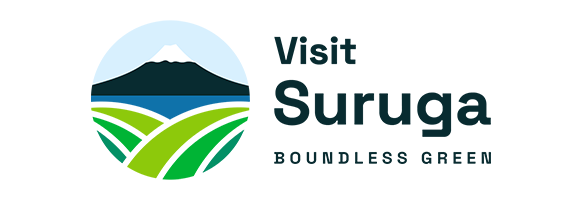Get to Know Hamamatsu

- Eat
- Watch
Introducing Lake Hamana’s new entertainment “Insta Live Auction”!
“What kind of fishing is ‘Ebisuki fishing’?”
Although I was born and raised in Iwata City, I was embarrassed to say that I had never heard of this traditional fishing method of Lake Hamana until now.

*Mr. Kuroda goes fishing
“Ebisuki fishing is a type of takiya fishing, and is a traditional fishing method that has been practiced at Lake Hamana for a long time.”
The person who taught me this was Mr. Takehiro Kuroda, a young man who fishes for shrimp as the captain of the fishing boat Kyokuryomaru. In recent years, the number of fishermen at Lake Hamana has been decreasing year by year, partly due to poor clam catches. Mr. Kuroda established the “Lake Hamana Next Generation Association,” which is made up of young fishermen, and is carrying out various innovative activities to break through this current situation.
Ebisuki fishing takes place at night. This is the period from high tide to low tide when the water of Lake Hamana flows forcefully towards the Enshu Sea. This is a traditional local fishing method that involves anchoring a boat to a pier on Benten Island and using a net to scoop up sea creatures that flow out with the ebb tide. As the name “ebisuki fishing” suggests, the fish that can be caught include wild prawns that grow large in Lake Okuhamana, as well as rare Japanese crabs, blue crabs, sole sole, octopus, and sea bass.
What was originally a specialized fishing activity for fishermen is now being promoted as tourist content that can be experienced by the general public. It can be said to be one of the most important tourist attractions for this area, as it can be enjoyed not only by curious children but also by adults.

*Last year’s ebisuki fishing
However, this traditional ebisuki fishing industry is currently in an unprecedented predicament. In addition to the decrease in the number of local fishermen mentioned earlier, due to the impact of the new coronavirus that is raging in various places, ebisuki fishing, which is an outdoor activity, is also being operated with tourists for sightseeing on board. It has been decided to cancel this year.
Needless to say, this decision dealt a huge blow to ebisuki fishermen. Mr. Kuroda is one of them. This decision comes at a time when we had been purchasing a new boat that can accommodate a larger number of people, so that even more people, including the Hamana Lake Next Generation Association, can enjoy ebisuki fishing. Far from increasing the number of tourists, the survival of the ebisuki fishing industry itself is in jeopardy.
However, even in this situation, Mr. Kuroda continues to look forward. “What can we do now?” We are confronting head-on this problem, which is difficult to find an answer to, not only in the fishing industry but in all industries.
The first thing we focused on was PR activities using SNS. On the website, you can learn about the history of ebisuki fishing and even complete the reservation process. On YouTube, he provides tips on how to handle and cook the fish he catches. And on Instagram, they are even more innovative.
It is an “auction” on Instagram Live that uses the live function of Instagram, which is gaining attention again amid the nationwide trend of staying at home. It is called “Gyogyo market”.
An “auction” is a type of auction that you often see at markets. Generally, traders bid each other out by offering a price in order to purchase what was caught that day. What Mr. Kuroda has set up is a system that allows the general public to experience this auction.
"Gyogyo market".

*Gyogyo market announcement on Instagram
Here, a place is provided where the organizer, Mr. Kuroda (@kyokuryomaru), and customers (followers) can directly connect. Mr. Kuroda will be bidding on each item live, and his followers will be able to participate in the bidding by commenting on the price within the time limit. You can enjoy the atmosphere of participating in an auction at the market without leaving your home, and you can
The items you make can be mailed to you in fresh condition. This Gyogyo market is held every Sunday, and it is said that there are about 50 participants each time, which shows how popular it is.
When I was told about this story, I immediately decided to participate.
At 9am, the Gyogyo Market, which I was looking forward to, started. I had never participated in an auction before, but after watching the flow of the first two or three items, I was able to understand the process. Then, it was the turn of the prawns that I had planned to auction off from the auction list that had been published in advance. The time limit is 1 minute 30 seconds. The auction has begun. The energetic shouts of Mr. Kuroda and his friends can be heard from beyond the screen. Several people have already entered their desired amounts in the comments section. I also put in the amount so I don’t fall behind. After a number of battles over the amount, the battle is coming to an end. I had learned from two or three practice sessions that the timing of putting in the final amount was important in order to win the auction. After sending the final amount, the final bell rang.

*Mr. Kuroda, the timekeeper

*Crabs to be auctioned
“Congratulations, 〇〇-san!”
I managed to win the prawn I was looking for, followed by sole and crab, and sat down and put down my phone, satisfied.

*Crabs auctioned off on the same day
The next day, the auction items were immediately on the table at my house. The next day, the prawns turned into a tempura bowl and filled my stomach.

*Steamed crab

*Meuniere made from auctioned flounder
Unfortunately, it is currently not possible to actually experience ebisuki fishing. However, this auction experience is sure to become popular as one of the new attractive contents of Lake Hamana. When this situation subsides, we will be able to offer everyone the charms of Lake Hamana in a more powerful form than before.
Looking forward to that day, we as the Hamamatsu/Lake Hamana region would like to support the young warriors who have emerged as new leaders of Lake Hamana’s fishing industry. It is not easy to inherit tradition and transform it into something new.
For everyone who has read this article to the end, first of all, please get an Instagram account and experience “Gyogyo market”. It all starts with you becoming a fan of Lake Hamana.
Kyokuryoumaru
HP: 「https://kyokuryoumaru.com/」
Instagram:「 https://www.instagram.com/kyokuryomaru/?igshid=1b9kncafestf3」
Youtube: 「https://www.youtube.com/channel/UCjarmfCey0qfTRj60qacYWQ」
